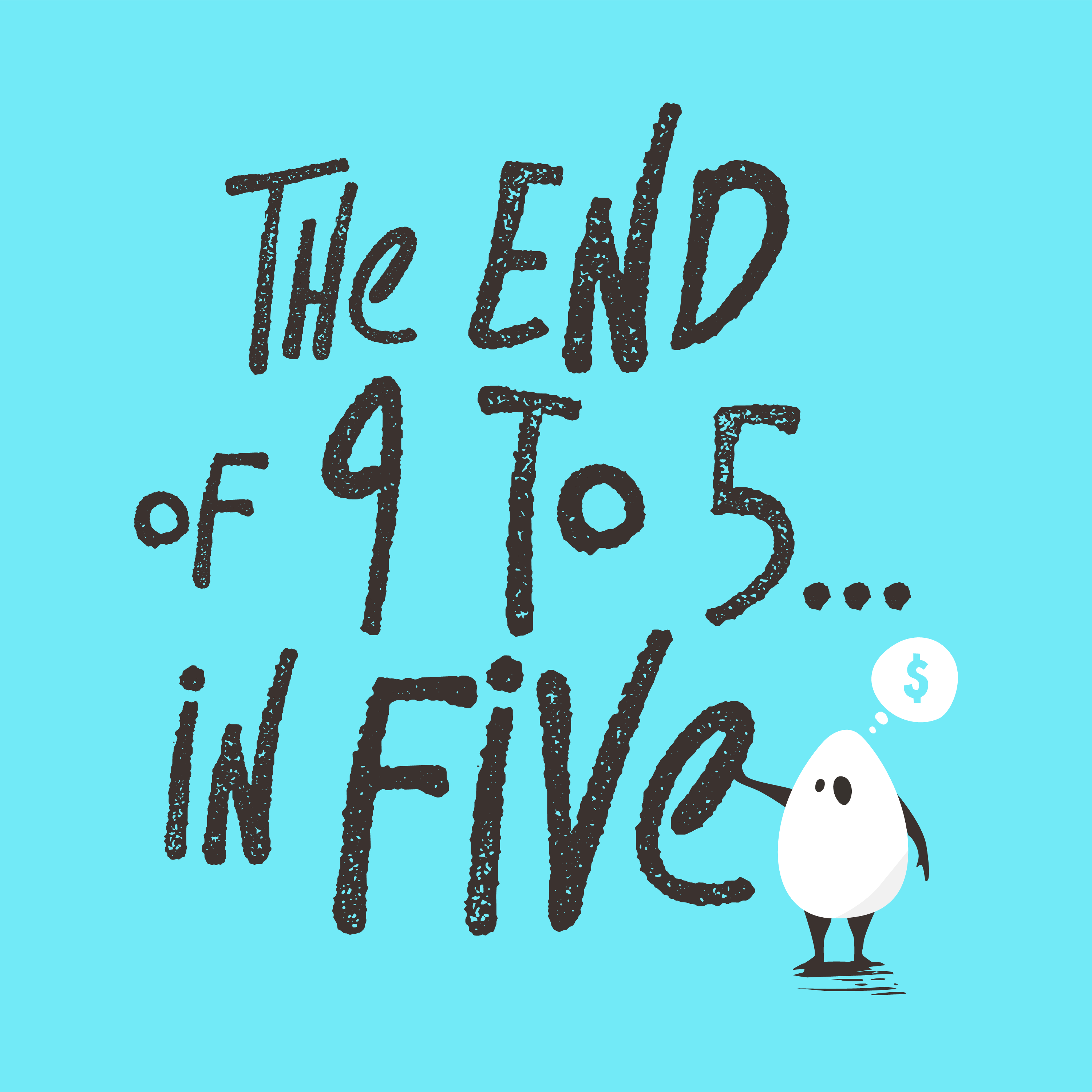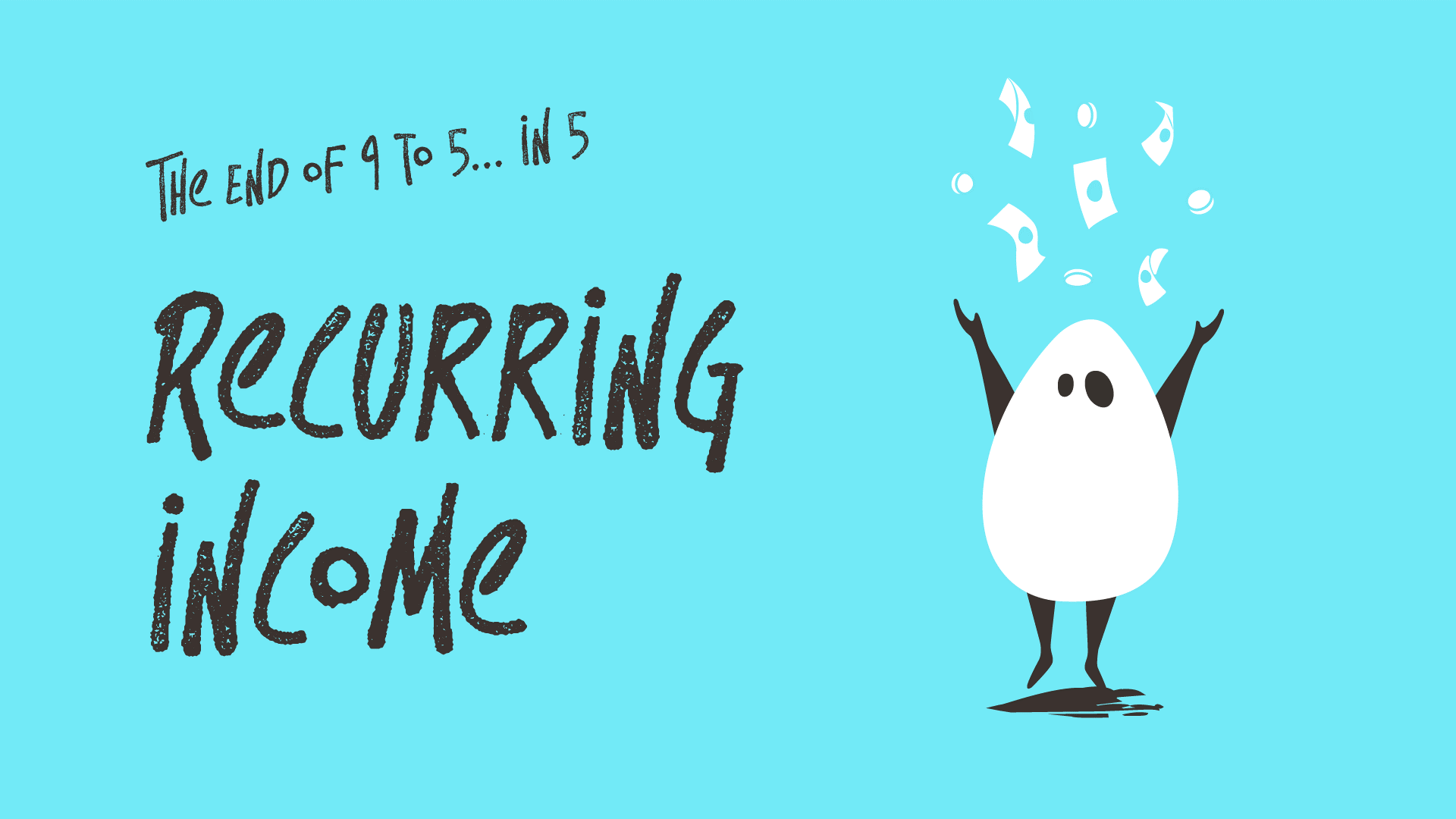
This is probably my biggest lesson in business to date, and I came across it by accident: try to turn every part of your business into a recurring income stream. Nowadays this model is everywhere – from Disney+ to Spotify. Charging a flat monthly fee for access to a catalogue of content seems absolutely normal now, but just a few short years ago, we were still going to the shops to buy DVDs and CDs.
Think about how challenging this must have been for Disney. Their business model was entirely built around the billions of dollars of income from the DVD and entertainment sales, all to be completely replaced by one regular, low monthly fee.
Microsoft is another great example of how recurring payments have revolutionised their business model. Back in the 1990s and early 2000s, no one would have dreamed of paying for “access” to their desktop software. They would pay £300 every few years for the latest Windows and Office suites and business licenses, which they would install via a CD-ROM. Now there aren’t any more Windows 95 or 98. Or the absolutely terrible Windows XP. There’s just one Office 365 that updates continuously and is available as part of a monthly subscription. Before this transition, they were really struggling as a business, and now they’ve almost double their value as customers and investors realise the appeal and long-term strategy of employing a recurring business model.
You may be thinking at this point that it’s more straightforward for a digital behemoth like Microsoft or Disney to transition to this model, rather than a smaller, more traditional business selling a physical product or a service. How do you move into this space? It’s simple. As you don’t have existing revenue to cannibalise, you can be more daring with your offering and you can use it as an exercise to really stand out from your competitors.
In the podcast I talk about how I convinced my gardener to adopt a flat monthly fee for the management of the estate where I live. It turned out to be a lifeline for his business, allowing him to grow whilst still knowing that every month he can rely on the same income, rain or shine… quite literally! Yes, it means that some months he has to do more work for the same money, but overall he isn’t out of pocket, and he has a stable and reliable customer as a result (not to mention, a happy one).
So, I would urge you, even if your business is very traditional, to look at all avenues in getting that recurring income. Maybe you can’t make the actual product or service a recurring model but potentially the support or service contract could be? My accountants for example sell ‘insurance’ against audits, which cover their time for any investigations, which I think is a novel idea. As an accountant you could even look at charging small businesses a monthly fee for ‘X’ number of hours a week to help support them, without the business owner worrying about how much money it will cost them every time they pick up the phone. As I say, making this change should ideally happen as soon as possible in the journey of starting your business. You can always do it later, but you will have to go through the pain of losing lots of one-off payments in return for lower monthly payments. When I started my telecoms business, we did it from day one. While it took years to build up our income and profit, it meant that we didn’t have to make the transition to regular payments further down the road, potentially losing a large number of customers and damaging our profitability as a result. Likewise, it was nice to know that every month we had a big number of payments hitting our bank accounts as all the direct debits were collected like clockwork!



Leave a Reply